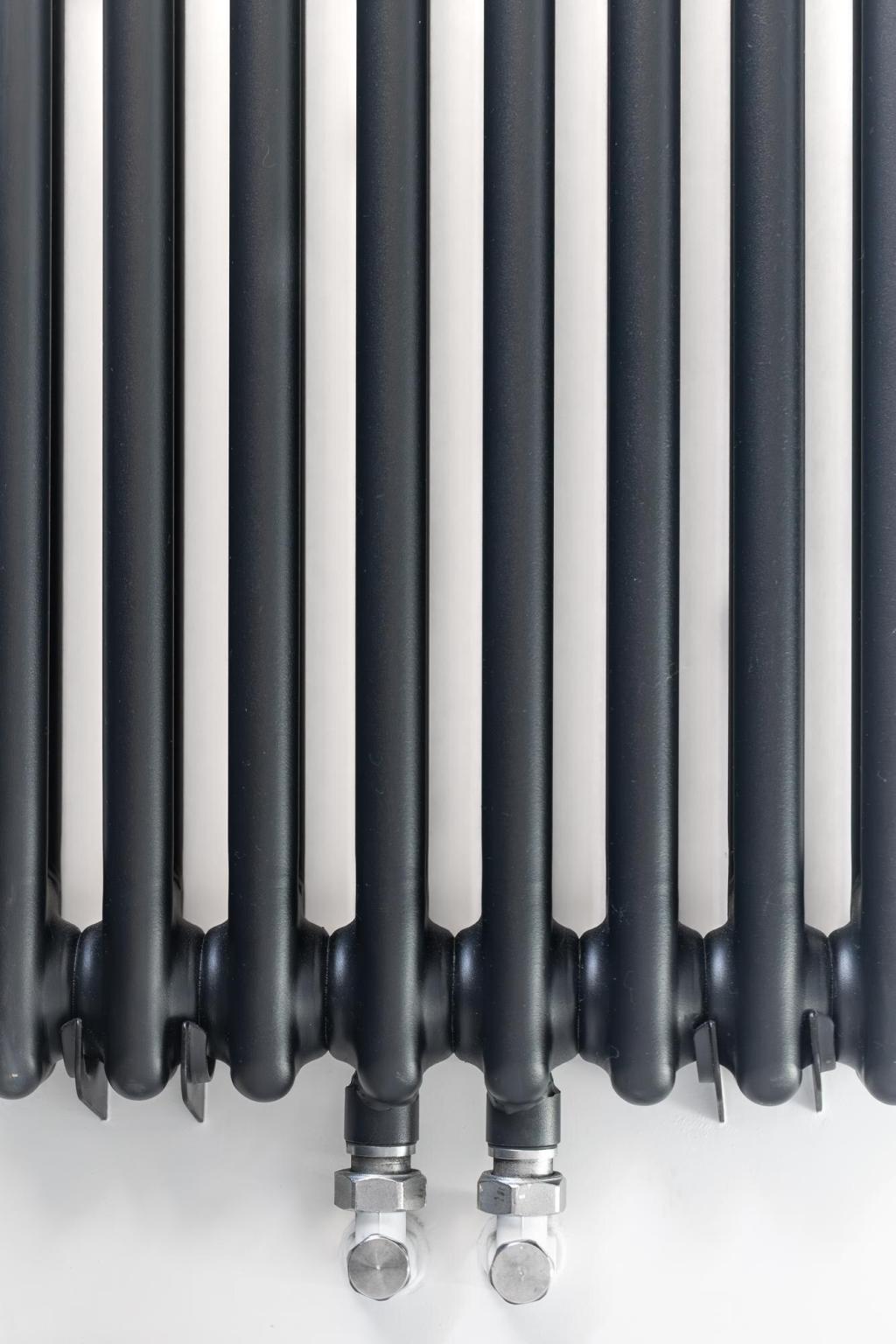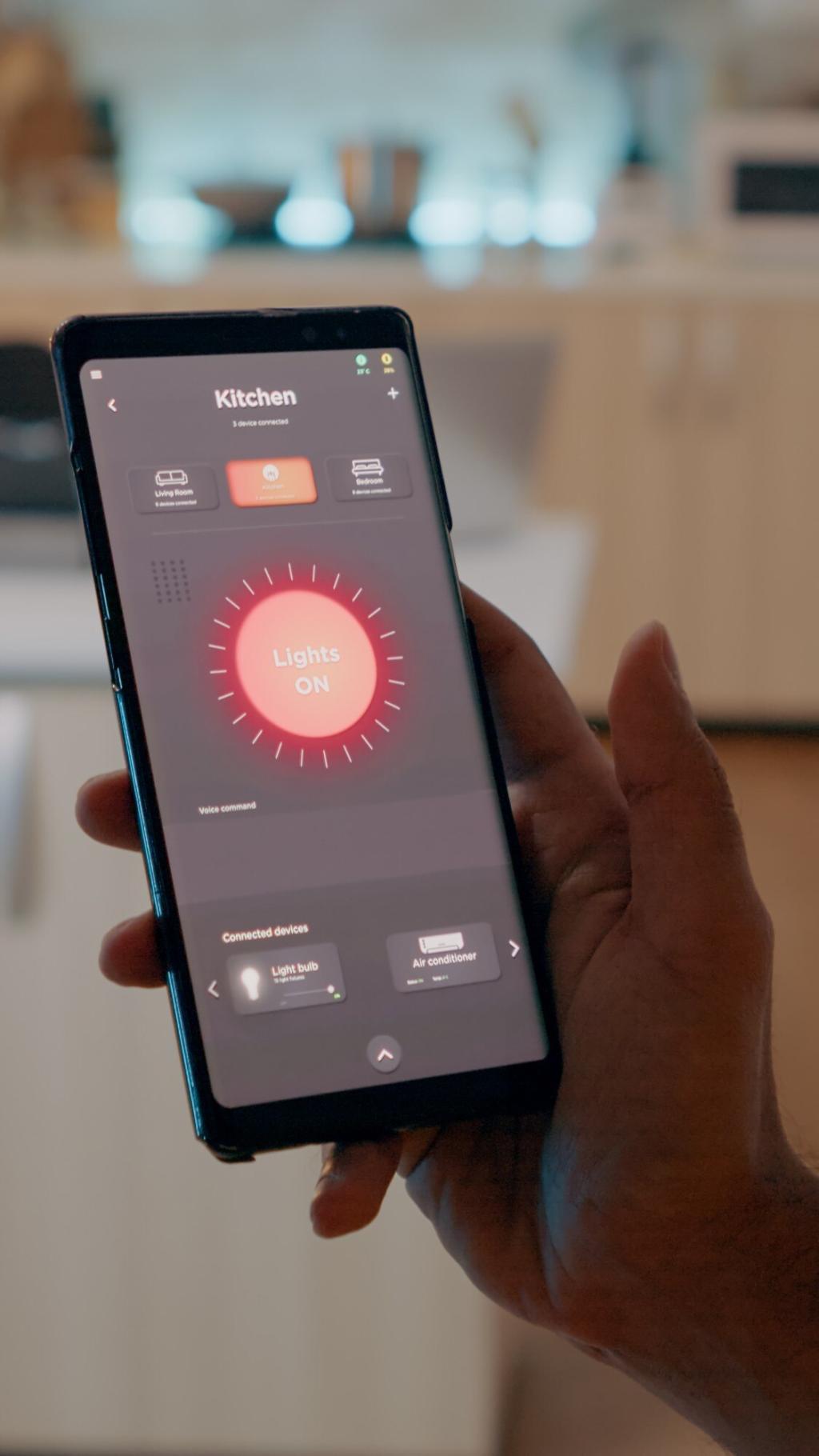Kick Out Sediment
Turn off the heater, attach a hose to the drain valve, and release a few gallons until the water runs clear. This quick habit reduces energy-wasting buildup and lessens those popcorn sounds that signal hard-working, inefficient heating.
Kick Out Sediment
Persistent rumbling often means sediment is trapping heat at the bottom. That trapped heat translates to wasted energy and added stress on the tank. A short flush can restore efficient heat transfer and quiet operation without special tools.








